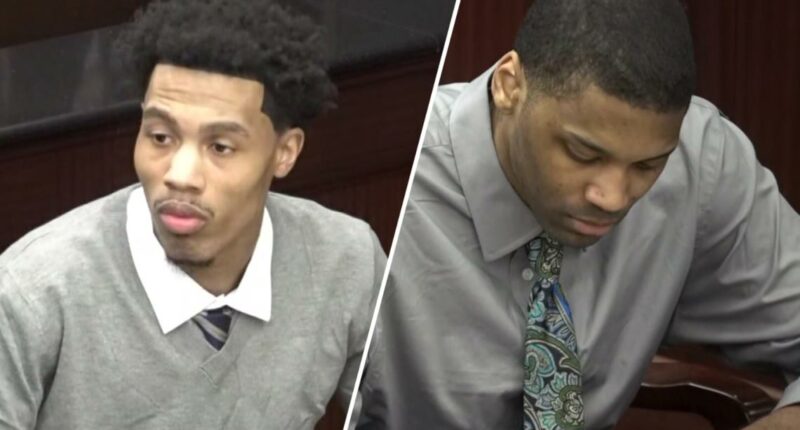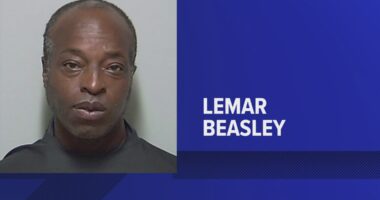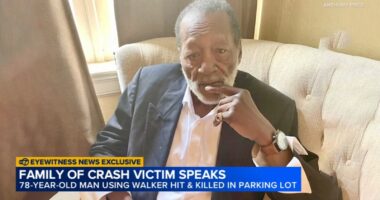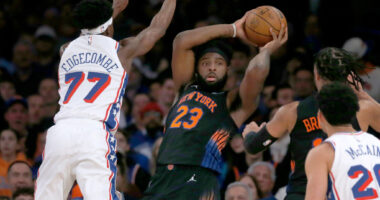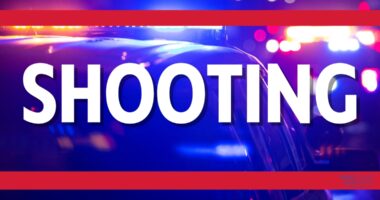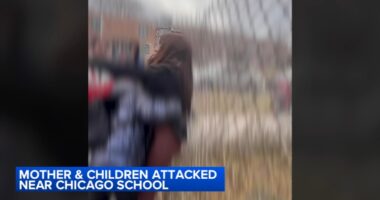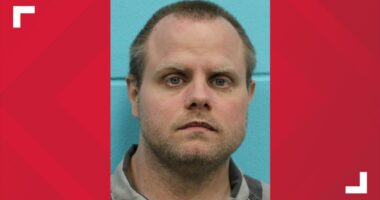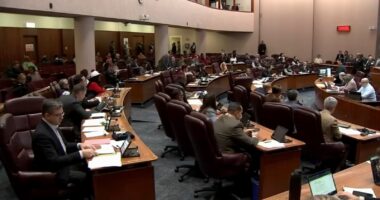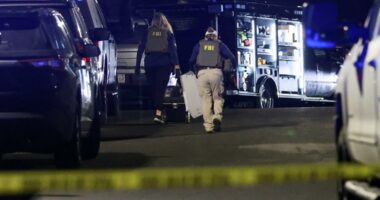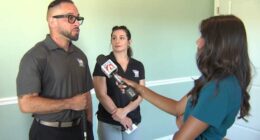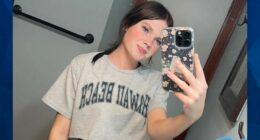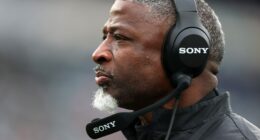Share this @internewscast.com
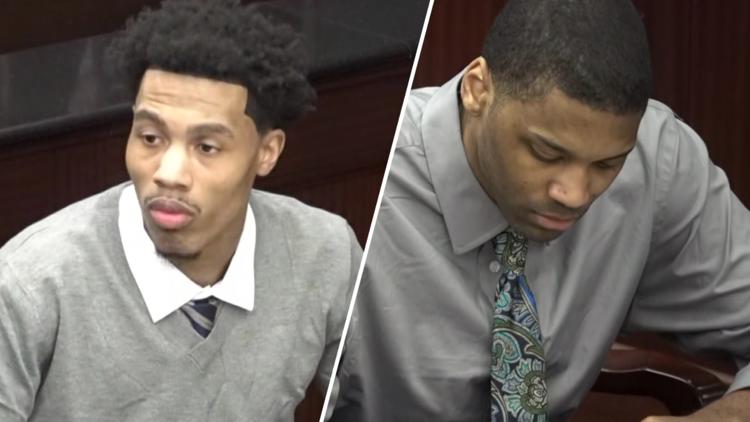
The trial’s fourth day focused on digital evidence as jurors heard reviewed cell phone records, surveillance footage and confessional tapes
JACKSONVILLE, Fla. — On the fourth day of testimony in the trial regarding the murder of 13-year-old Prince Holland, the focus turned to digital evidence, social media activity, and a contested phone call from jail that prosecutors claim connects one of the defendants to the events following the crime.
The morning opened with arguments over whether jurors should hear a recorded jail call between defendant Kentravious Garard and his ex-girlfriend.
After several rounds of debate, Judge Branham ruled the call could be entered into evidence.
Later in the proceedings, jurors listened to FBI Special Agent Bobby Dwight, an expert in cellular analysis, who explained phone data from the night of the incident.
Dwight highlighted that cell tower data does not equate to GPS and only depicts general coverage areas. Defense attorneys reiterated this to jurors, stressing that the data could not definitively identify who was using the phones or position anyone precisely at the crime scene.
The prosecution subsequently brought Sergeant T.C. Mitling to testify, the primary homicide detective from the Jacksonville Sheriff’s Office. He guided jurors through surveillance footage showing a blue Kia Rio following the victim’s vehicle surrounding the shooting event. According to investigators, this car was linked to Johnson’s grandmother, Elizabeth Franklin.
Multiple camera sources, such as those from nearby businesses and traffic lights, captured the movements of the blue Kia and a red SUV just before the gunfire exchange. While watching the footage in court, Holland’s family stayed composed but visibly distressed.
Mitling also mentioned the significance of social media in the investigation, pointing to a post made by someone else half an hour after the shooting, which stated, “If they say I did it, I did it.”
Detectives later secured search warrants for the defendants’ cell phone records, iCloud data, and Instagram accounts, helping investigators piece together their movements and communication in the hours surrounding the shooting.
